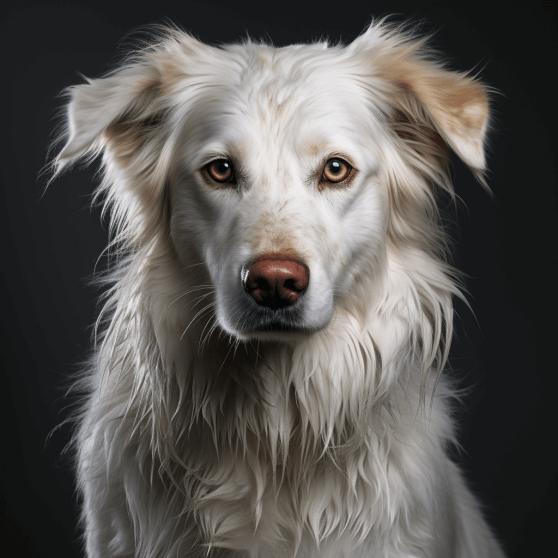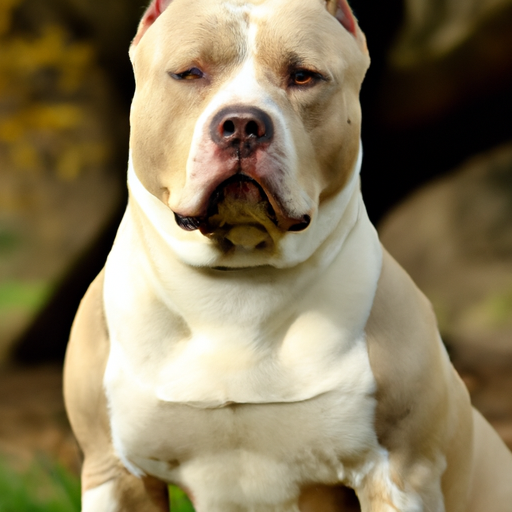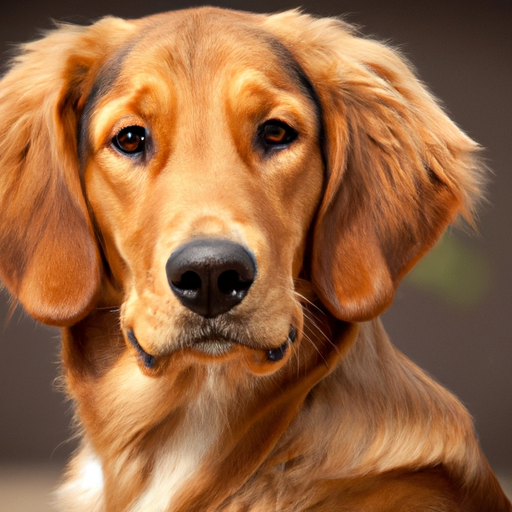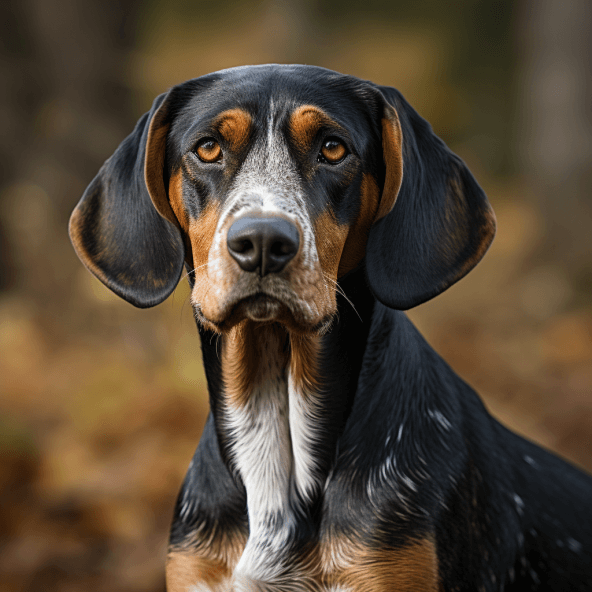Akita – Dog Breeds
Buckle up and prepare yourself as we embark on an informative journey exploring the wonderful world of Akitas, a beloved breed of dog renowned for their loyalty and strength. From tips on owning your very own Akita to understanding the breed’s key characteristics, you’ll discover the amazing world of these noble dogs with the fascinating ability to bring an endless array of joy and companionship into your life.
Origin and History of Akita
The Akita breed has a rich history that is deeply intertwined with Japanese culture.
Place and Period of Origin
Akita dogs originate from the Akita Prefecture in the northern region of Japan’s largest island, Honshu. This breed has been around for hundreds of years, with evidence of Akita-like dogs in the region dating back to the 1600s. They were initially bread to hunt and retrieve game but their role has evolved significantly over centuries.
Cultural Significance in Japan
In its native land of Japan, the Akita carries great significance. These dogs are often considered a national treasure and a symbol of good health, happiness, and longevity. In fact, it’s a Japanese tradition to send a statue of an Akita to a person who is ill as a token of wish for their quick recovery.
Introduction to Other Countries
Akitas were introduced to Europe and America in the 20th century. Helen Keller, the American author, activist, and lecturer, is credited with bringing the first Akita into the United States in 1937. Since then, the breed has gained popularity worldwide due to its physical attributes and unique temperament.
Physical Characteristics of Akita
Akita dogs are known for their strong and regal physical presence.
Size and Weight Range
On average, male Akitas stand at about 26 to 28 inches at the shoulder and weigh between 100 to 130 pounds. Females are a bit smaller, typically standing at 24 to 26 inches and weighing between 70 to 100 pounds.
Coat and Color Variations
Akitas have a thick double coat that comes in many colors, including white, black, brindle, and varying shades of red. Their plush coat is one of their most striking features and is designed to protect them from harsh weather conditions.
Distinctive Facial and Body Features
Akita dogs are easily recognizable with their broad heads, deep-set eyes, and erect ears. They have a strong, muscular body and a thick tail that typically curls over their back. This breed exudes a balance of power, alertness, and elegance in their stance.
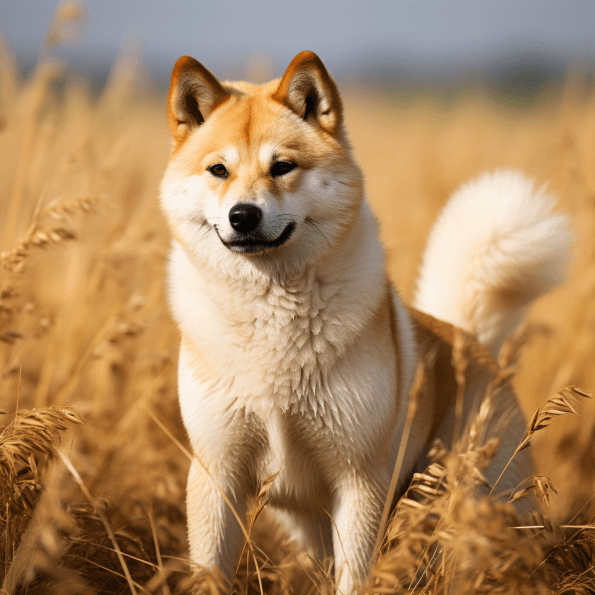
Akita Temperament and Behavior
Akitas are known for their unique temperaments which require understanding and careful handling.
General Temperament
Akitas are naturally calm, dignified, and somewhat aloof. They are not typically aggressive but can be reserved with strangers. To their families, Akitas are loyal, affectionate, and protective, making them an excellent watchdog.
Interaction with Humans
When it comes to human interaction, Akitas are particularly loyal to their families. They can be aloof and reserved around strangers, but they generally coexist peacefully with humans once they are familiar with them.
Interaction with Other Animals
Akitas do have a strong prey-drive and can be aggressive towards other dogs, especially of the same sex. As a result, they may not be the best choice for a multi-pet household. However, if properly socialized from a young age, Akitas can learn to live peacefully with other pets.
Training an Akita
Due to their strong-willed nature, training an Akita can be challenging but not impossible.
Importance and Challenges of Training
Training an Akita is very important due to their size and strong-willed nature. Without proper training, they can become hard to manage. However, it can be challenging as Akitas are known to be independent and sometimes stubborn, so they may require patience and consistency.
Effective Training Strategies
Positive reinforcement works best with Akita dogs. They respond well to rewards and praises but do not respond well to harsh training methods. It’s important to establish a leadership role from a young age and to keep training sessions short and engaging to keep their interest.
Socialisation Training Tips
Socialisation is very important for Akitas to grow up to be well-rounded dogs. Introducing them to a wide variety of people, environments, and other animals at a young age can help to normalize these experiences and prevent the development of undesirable behaviors down the line.
Exercise and Activity Needs of Akita
Like any other dog breed, Akitas have certain physical requirements to keep them healthy and happy.
Physical Activity Requirements
Akitas are robust and energetic dogs that require regular exercise to keep them mentally stimulated and physically fit. They need at least an hour of exercise each day, including walks, runs, and play sessions.
Recommended Exercises and Activities
A variety of activities like brisk walks, runs, fetch games, and agility training are ideal for this breed. Akitas also enjoy mental challenges and games that stimulate their intellect, like puzzle toys.
Keeping an Akita Entertained Indoors
Besides outdoors exercises, indoor playtime and mental stimulation are essential for Akitas. Puzzle toys, hide and seek games, or basic obedience training sessions can be effective ways to keep them engaged indoors.

Health and Life Expectancy of Akita
When it comes to health and lifespan, an Akita is relatively hardy but does come with a few breed-specific health concerns.
Average Life Expectancy
The average life expectancy of an Akita is between 10 to 15 years, which is quite standard for a large breed dog.
Common Health Issues
While they are generally healthy dogs, Akitas can be prone to a few health problems like hip dysplasia, hypothyroidism, progressive retinal atrophy, and autoimmune disorders. Regular vet check-ups and health screenings are essential to catch any issues early.
Dietary Requirements for Health
A balanced diet is integral for a healthy Akita. They need highly nutritious food that caters to their size, age, and activity level. While commercial dog food can meet these requirements, a regular diet check and consultation with a vet is advisable to ensure they are getting the right nutrients.
Caring for an Akita
Providing proper care to an Akita requires understanding and meeting their specific needs.
Grooming Needs
Despite their thick double coat, Akitas are surprisingly low-maintenance when it comes to grooming. They need regular brushing to manage shedding and keep their coat healthy. They are known to be self-cleaning, like cats, and rarely need baths unless they get physically soiled.
Outdoor Exposure Considerations
Given their thick fur, Akitas are comfortable in cold climates and enjoy snow a lot. However, they might struggle in very hot and humid places. They always need access to a shaded space and fresh water if they are outdoors in a warm environment.
Special Care for Puppies and Senior Akitas
Akita puppies are agile and energetic but need to be limited in their physical exercise to prevent injury to their developing joints. On the other hand, senior Akitas may have musculoskeletal problems and require special care in terms of diet and exercise to manage their age-related health issues.
Akita Breed Variations
There are two main types of Akitas: the Japanese Akita Inu and the American Akita. While they are closely related, there are some differences between the two.
Akita Inu vs. American Akita
The Akita Inu, or the Japanese Akita, is a bit smaller and lighter than the American Akita. They have a fox-like face with narrow, slanted eyes, and they commonly come in a narrow range of colors. The American Akita, or Akita Shepherd, has a bear-like face with deeper set eyes and can come in all dog colors.
Characteristics of Different Akita Breeds
Both Japanese and American Akitas are very similar in temperament, being loyal, reserved, and capable of being good family dogs when trained and socialized properly. They also share similar health and care concerns.
Choosing the Right Akita Breed for You
Choosing between a Japanese Akita and an American Akita comes down to personal preference and lifestyle. It’s vital to research and understand the complete requirements and traits of each breed to pick the right one for your home and lifestyle.
Adopting an Akita
Adoption is a rewarding experience and includes its own set of considerations and steps.
Considering Adoption vs. Buying
Adopting an Akita, or indeed any dog, is a deeply fulfilling choice. It gives a home to a dog in need and is also often less expensive than buying a puppy. However, it also means you might not have complete knowledge of the dog’s past or health history.
Tips for Selecting a Healthy Akita
When adopting an Akita, look for signs of a healthy dog. They should have clear eyes, clean ears, and a shiny coat. Ensure that the dog looks alert and responsive. It’s also wise to get any available health history or medical records.
First Steps After Adoption
After adoption, taking the Akita for a medical check-up is crucial. Initiate a regular exercise and feeding schedule immediately and start integrating them into your home and lifestyle gradually. Patience and love are key at this stage.
Living with an Akita
Living with an Akita can be deeply rewarding as long as you understand and meet their physical, mental, and emotional needs.
Home Requirements
Akitas need space due to their large size. They would do well with a yard but can adapt to apartment living as long as they have regular exercise. Akitas are indoor dogs and should not be left alone outside for long periods.
Akita’s Compatibility with Kids and Other Pets
Akitas are very protective and do well with families. However, because of their size and protective nature, they need to be supervised around small children. With their high prey-drive, they may not co-exist peacefully with other pets unless socialized from a young age.
Unique Habits and Behaviour Traits
Akitas are quiet dogs that don’t typically bark without a good reason. They are very clean dogs, often cleaning themselves like cats. Akitas also have a unique habit of carrying their food from their bowl to eat it in another location, a trait that stems from their innate prey-carrying instinct.
Akitas are loyal, dignified, and have a unique combination of gentle strength. With proper care, understanding and love, an Akita can be a noble and dedicated companion.

